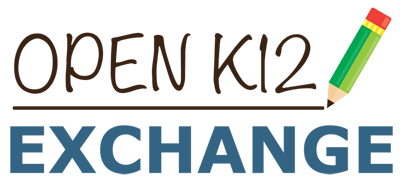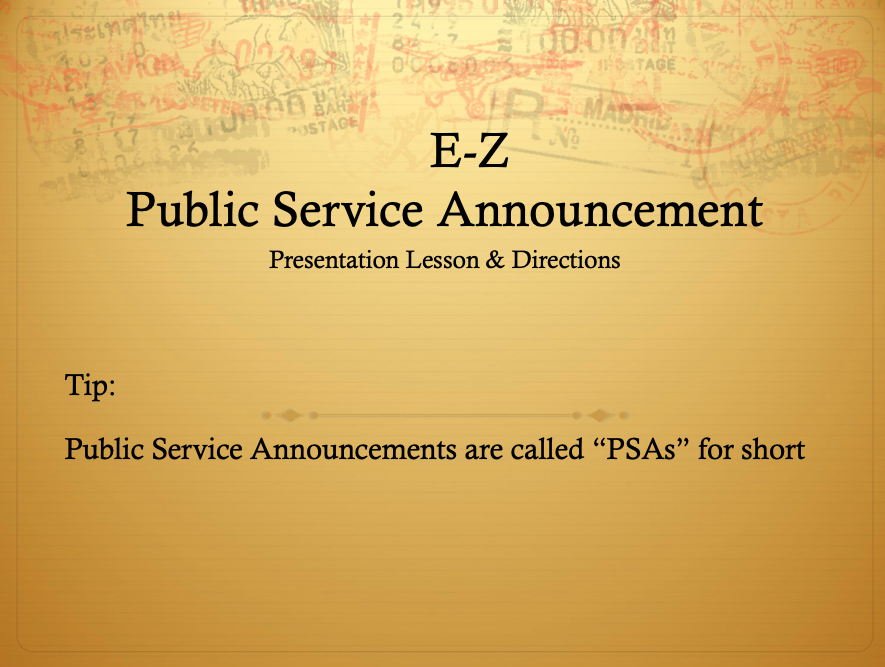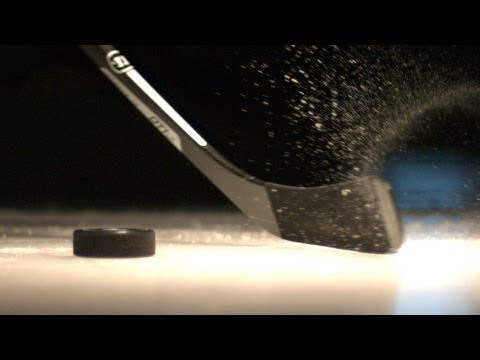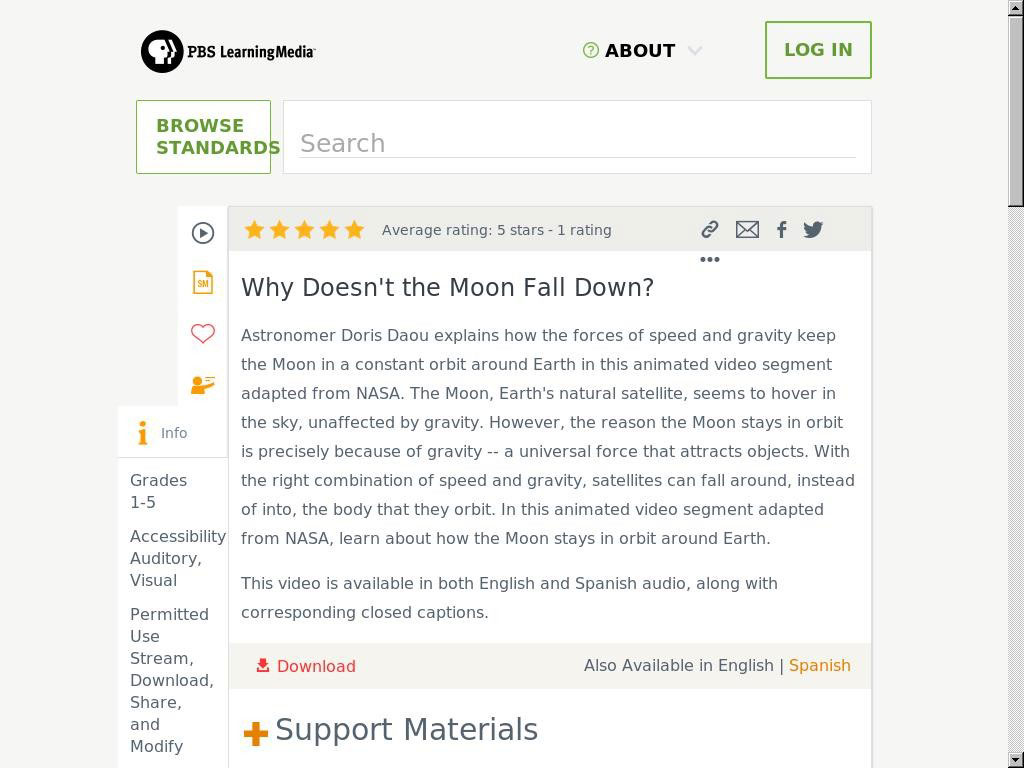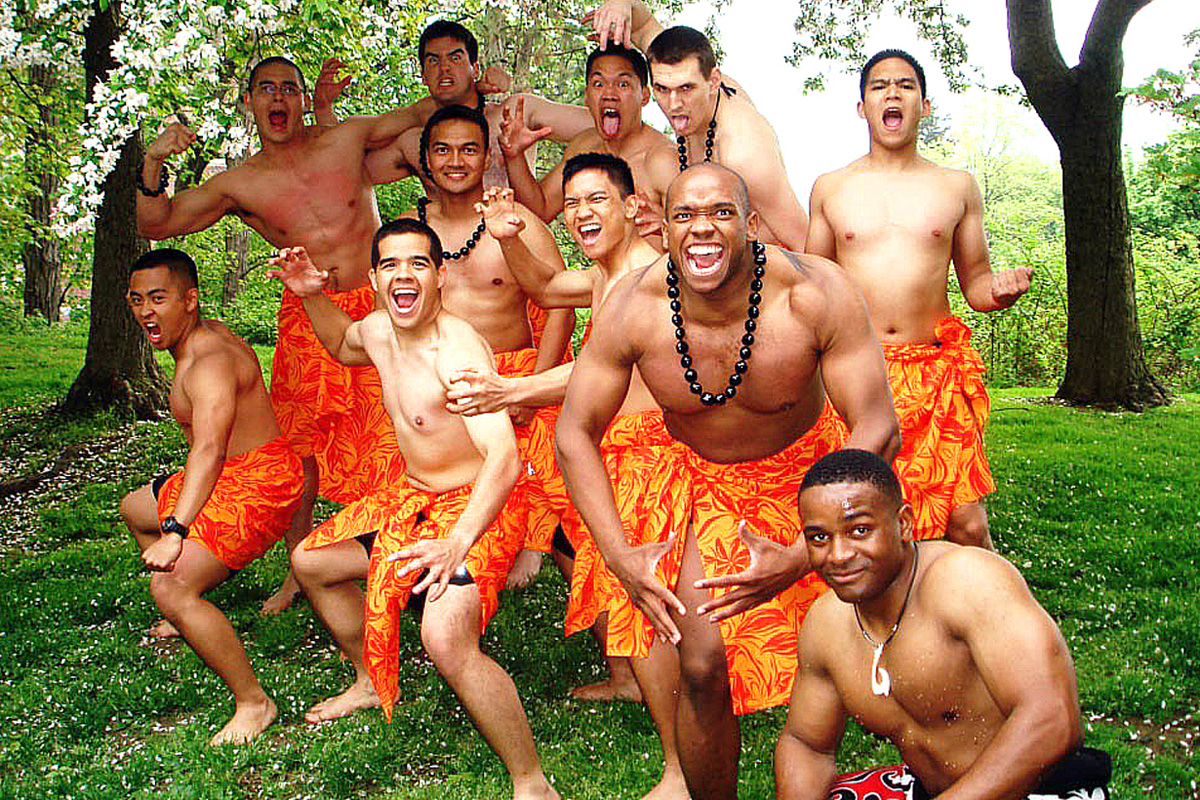Browse All 19 Resources
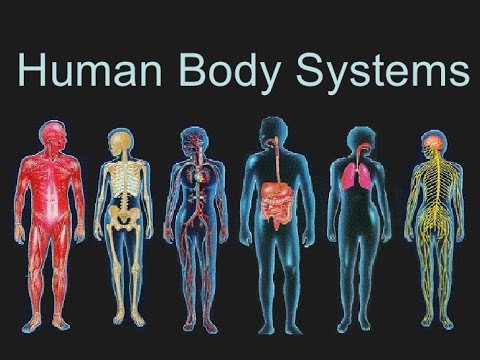
This lesson will help students explain and demonstrate the basic knowledge of the human body systems after assigned reading, classwork, discussion, and lecture. Activities cover d...
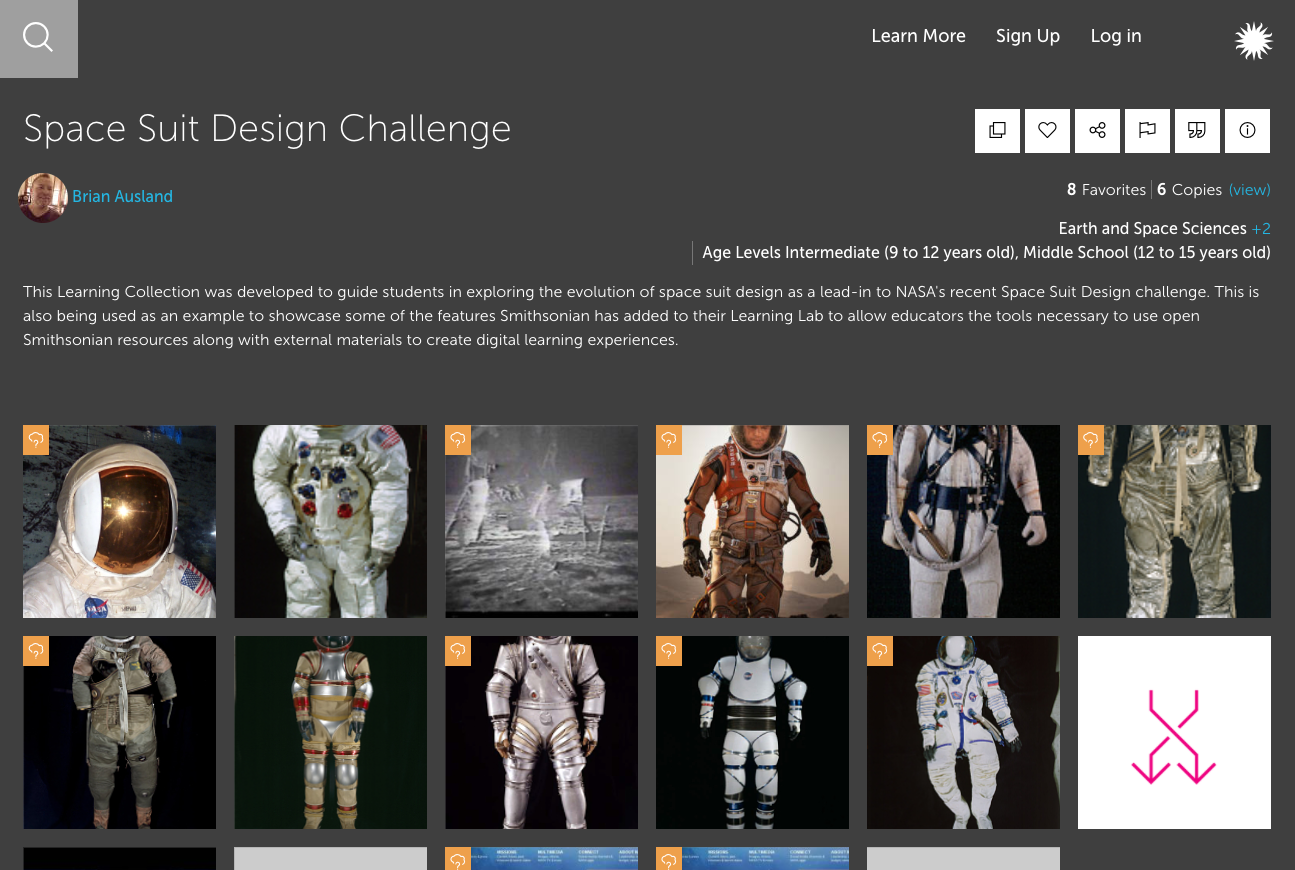
This Learning Collection was developed to guide students in exploring the evolution of space suit design as a lead-in to NASA's recent Space Suit Design challenge. This is also bei...
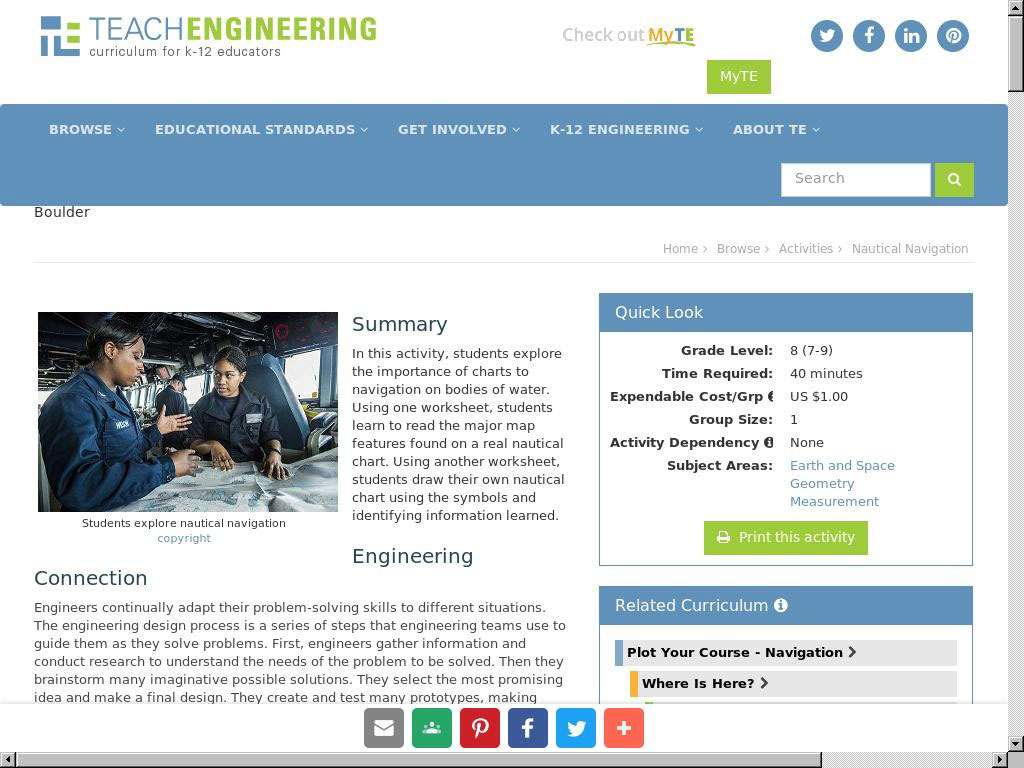
In this activity, students explore the importance of charts to navigation on bodies of water. Using one worksheet, students learn to read the major map features found on a real nau...
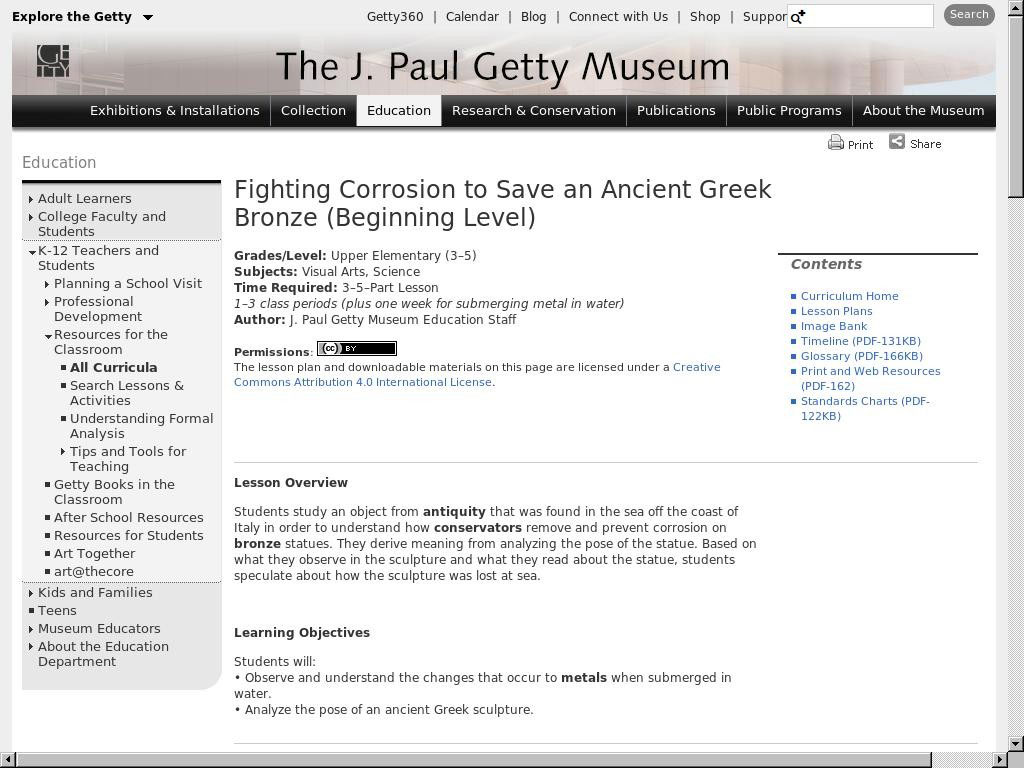
Students study an object from antiquity that was found in the sea off the coast of Italy in order to understand how conservators remove and prevent corrosion on bronze statues. The...
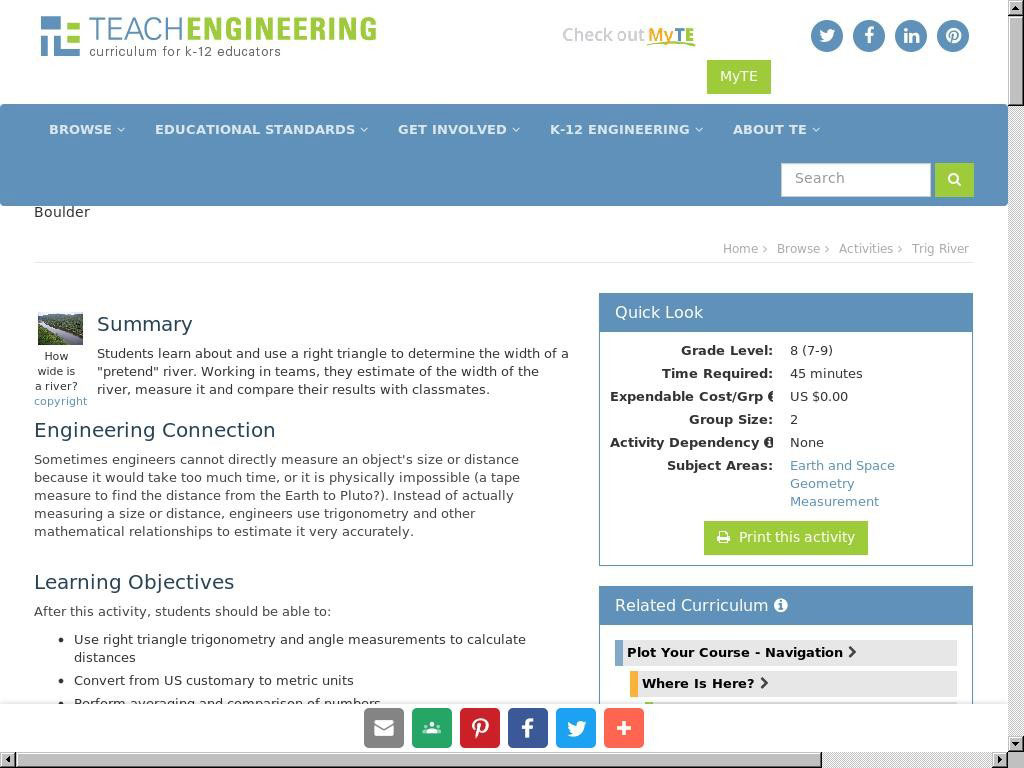
Students learn about and use a right triangle to determine the width of a "pretend" river. Working in teams, they estimate of the width of the river, measure it and compare their r...
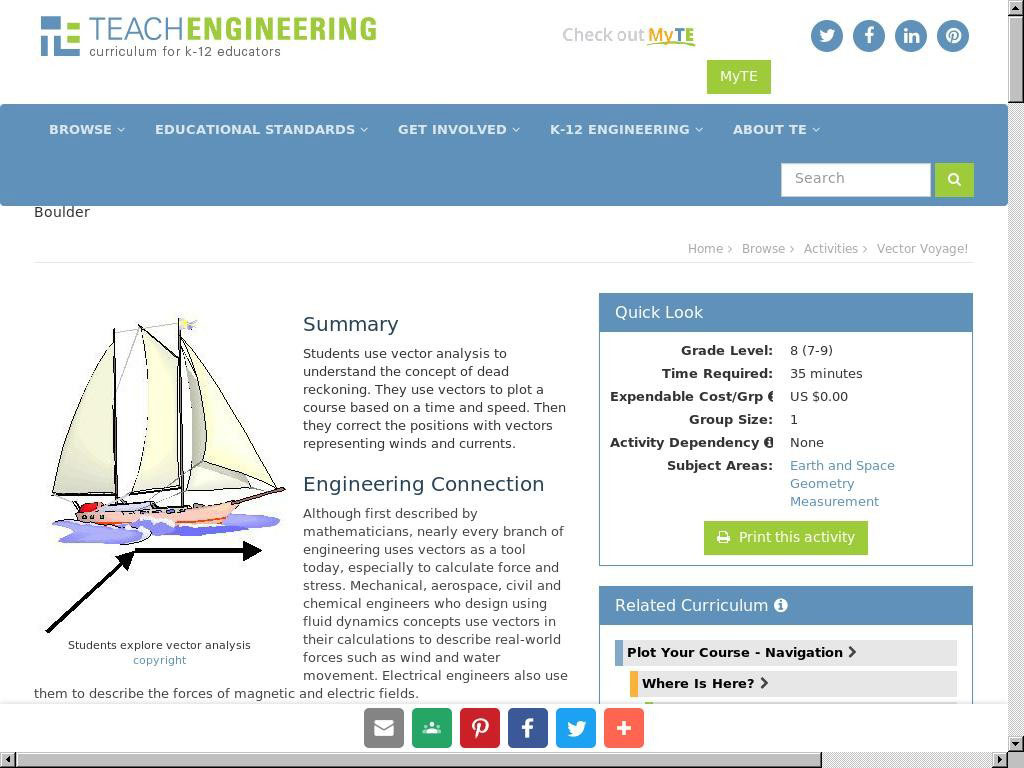
Students use vector analysis to understand the concept of dead reckoning. They use vectors to plot a course based on a time and speed. Then they correct the positions with vectors ...
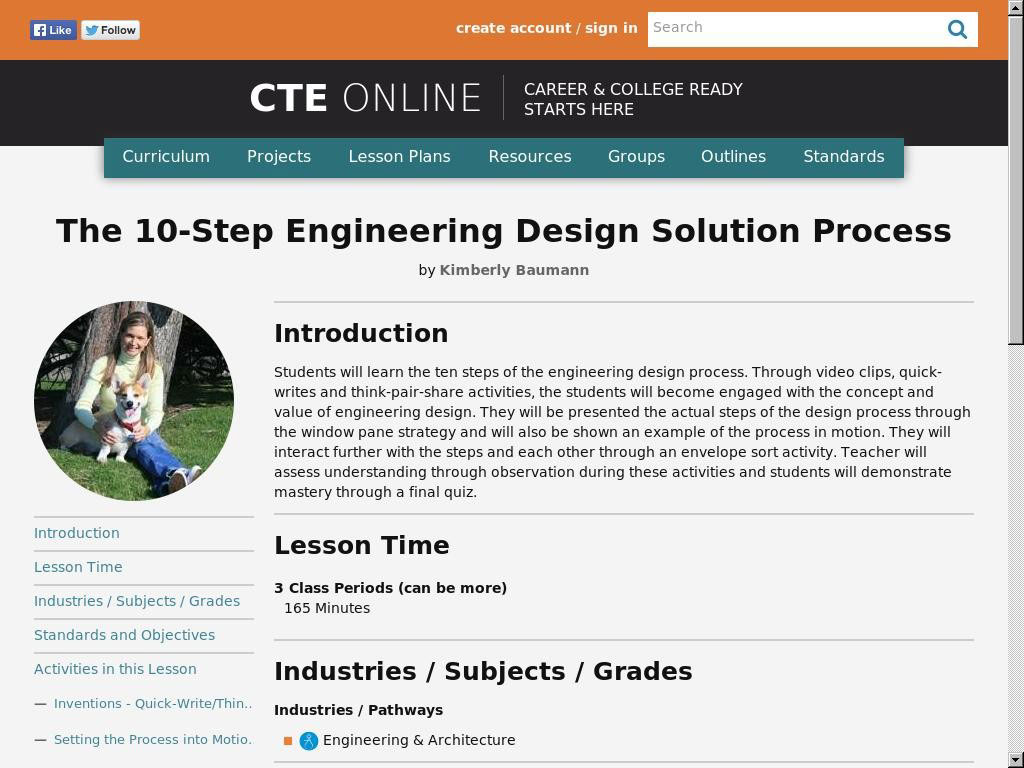
Students will learn the ten steps of the engineering design process. Through video clips, quick-writes and think-pair-share activities, the students will become engaged with the co...
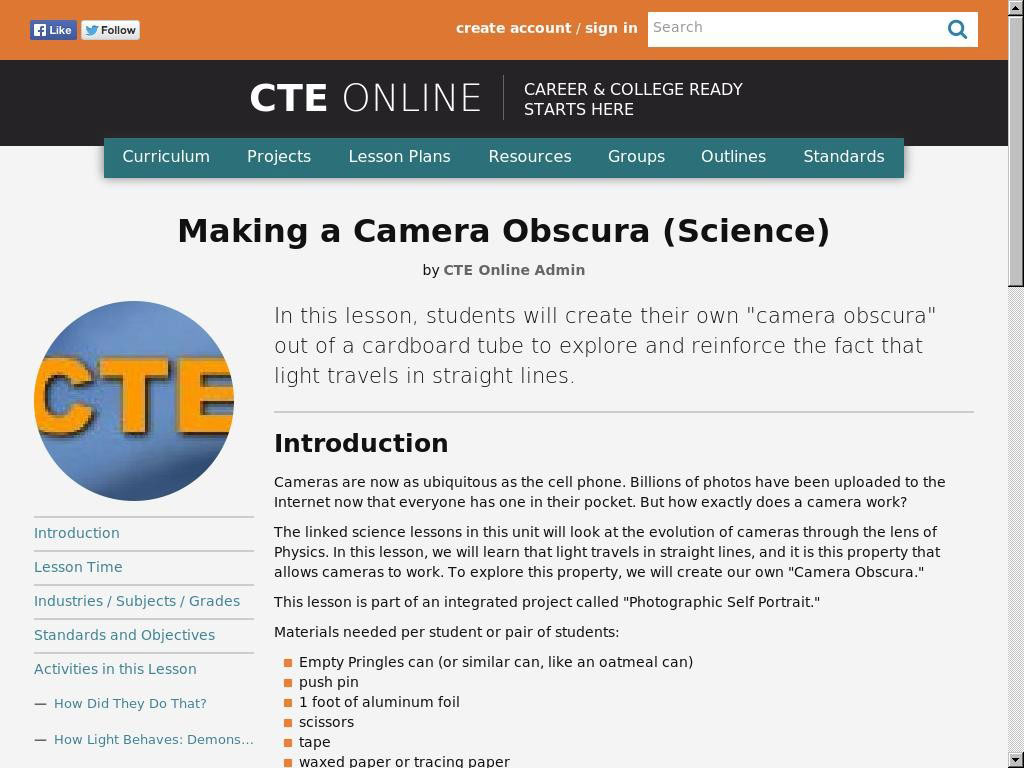
In this lesson, students will create their own "camera obscura" out of a cardboard tube to explore and reinforce the fact that light travels in straight lines.
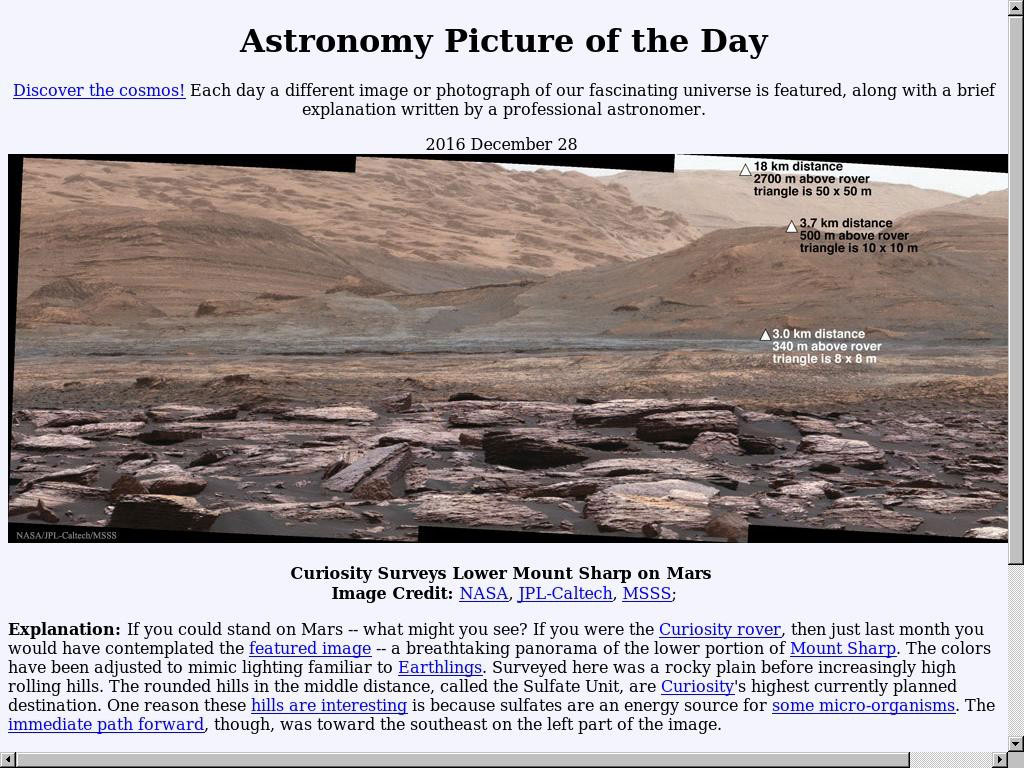
shows daily (back to June 16 1995) a different image or photograph of the universe along with a brief explanation written by a professional astronomer.
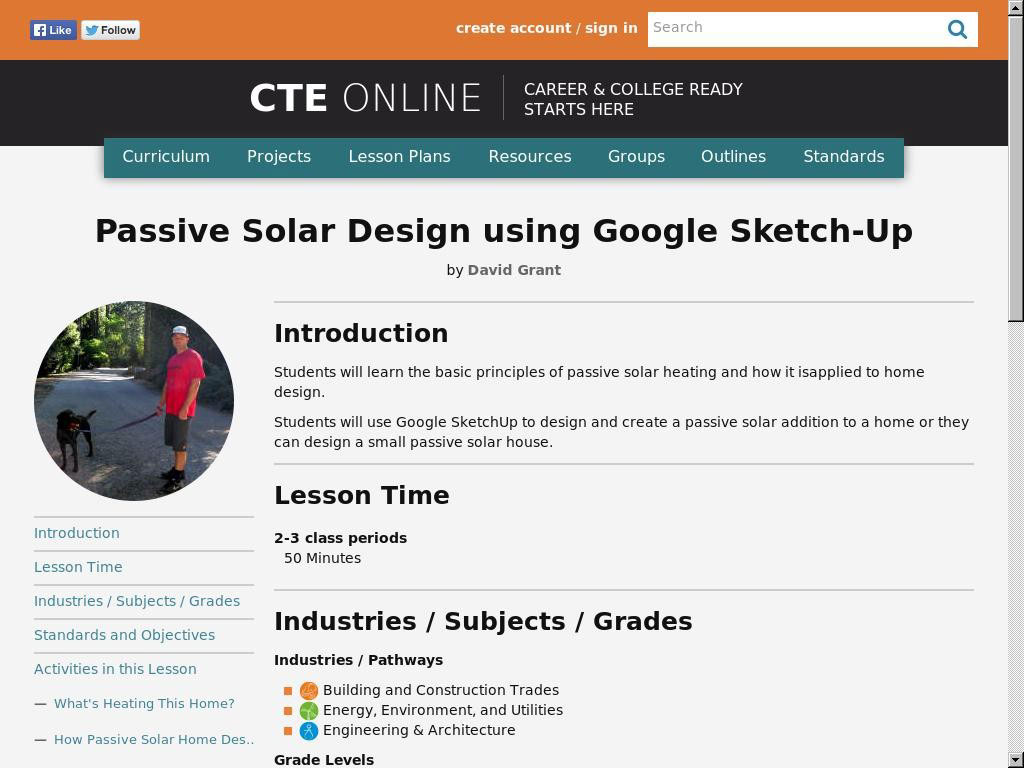
Students will learn the basic principles of passive solar heating and how it isapplied to home design. Students will use Google SketchUp to design and create a passive solar additi...
Recommended Science Content
